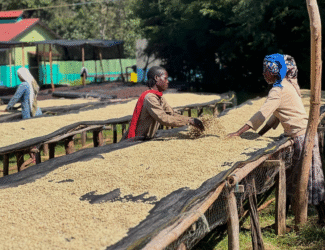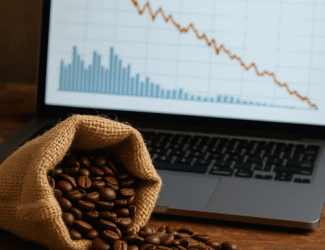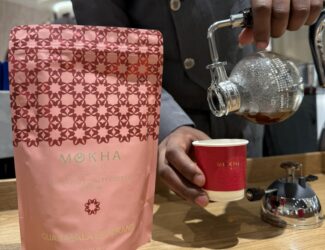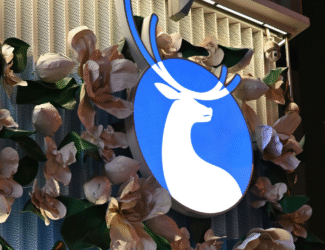
U.S. Café Market Projected to Grow to $165 Billion by 2033
The United States cafés and bars market is forecasted to grow significantly, from $81.34 billion in 2024 to $165.33 billion by 2033, with a compound annual growth rate (CAGR) of 8.2%, according to a new report from Research and Markets. This growth is fueled by the rise of specialty coffee, dynamic dining experiences, and evolving urban lifestyles.
Cafés and bars have increasingly become central to U.S. urban social life. These venues offer more than just food and beverages—they serve as gathering places, workspaces, and entertainment hubs. Cafés typically provide coffee, tea, and light snacks, while bars focus on alcoholic drinks such as beer, wine, and cocktails, often paired with live music or themed events.
Key Growth Drivers
1. Rising Coffee Culture & Specialty Beverages
The U.S. has seen a significant expansion in specialty coffee consumption. Popular chains such as Starbucks, Dunkin’, and Panera Bread are catering to consumer demand for premium coffee experiences. Independent coffee houses offering unique blends, brewing methods, and artisanal menus continue to flourish. Nearly 80% of Americans consume at least one cup of coffee daily, many seeking to replicate the café experience at home with premium machines and beans.
2. Experiential Dining & Socializing
Bars are transforming into immersive social spaces, especially among younger demographics. By combining dining with entertainment—such as trivia nights, live music, and pop culture themes—venues create memorable experiences. A recent example includes the launch of the first-ever real-life Central Perk café in Boston, inspired by the sitcom Friends.
3. Health-Conscious and Alcohol-Free Alternatives
The market is also adapting to wellness trends. Menus increasingly feature organic food, plant-based drinks, and non-alcoholic beverages. Juice bars and smoothie cafés, like Smoothie King and PlantPub, have expanded, meeting demand from consumers prioritizing healthy lifestyles.
Market Challenges
1. Evolving Consumer Preferences
As more consumers become health-conscious, many prefer cooking at home over dining out. This trend challenges cafés and bars to innovate with healthier offerings and to provide compelling reasons for patrons to visit.
2. Operational Costs and Economic Pressure
Rising costs of labor, ingredients, and rent continue to strain businesses. Even well-known chains like Red Lobster and TGI Fridays have faced financial difficulties. To remain viable, cafés and bars are focusing on operational efficiency and adapting business models to remain flexible under economic pressure.
Leading Market Players
The report highlights key players influencing the market, including:
-
Starbucks Corporation
-
McDonald’s Corporation
-
Dutch Bros Inc.
-
Smoothie King Franchises Inc.
-
Tropical Smoothie Café LLC
-
Focus Brands LLC
-
International Dairy Queen, Inc.
-
Inspire Brands Inc.
-
Restaurant Brands International Inc.
These companies are leveraging data, technology, and brand loyalty to stay ahead in a competitive market, often introducing loyalty programs, digital ordering systems, and eco-conscious practices.
Market Segmentation
The report also provides detailed segmentation by:
-
Cuisine: Bars & pubs, cafés, juice/smoothie/dessert bars, specialist coffee & tea shops
-
Outlet Type: Chained vs. independent
-
Location: Leisure, lodging, retail, standalone, travel hubs
-
Region: West, South, Midwest, Northeast
Outlook
The U.S. cafés and bars market is poised for dynamic expansion through 2033. As consumer demand evolves, success will hinge on the ability of businesses to combine innovation, experience, and wellness in their offerings.
For full details, visit ResearchAndMarkets.com.



